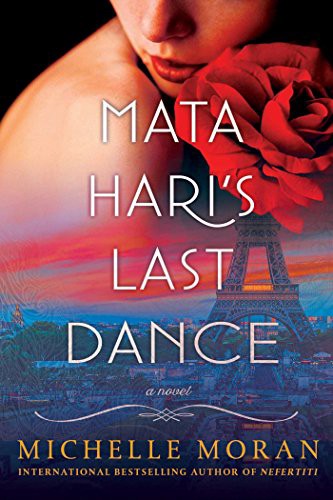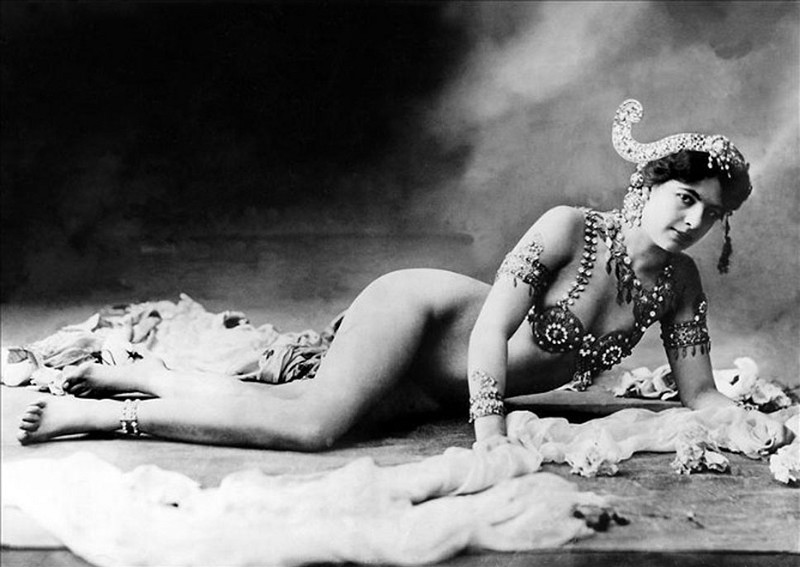Mata Hari’s Last Dance, by Michelle Moran

James Bond. Kim Philby. George Smiley. In the popular imagination, when one thinks of spies, one thinks of Bond, or more recently, perhaps Claire Danes of Homeland. But almost no spy looms larger in popular culture than Mata Hari, the prototype for the femme fatale. Mata Hari, born “Margaretha Geertruida “Margreet” MacLeod”, was an exotic dancer and courtesan, eventually tried, convicted and executed by France for spying for the Germans during World War I.
But what if Mata Hari wasn’t really a spy? Or a least not for Germany, or at worst was the victim of a few bad decisions? Michelle Moran’s new novel, Mata Hari’s Last Dance, explores that possibility. Historians seem divided on whether she truly was a German spy. The history of her conviction, and the evidence against her, were always either tenuous or allegedly hidden because the evidence was secret.

Moran’s portrayal of Mata Hari is well-rendered and complex. M’greet, as she is called when not by her stage name, comes off by turns as ambitious, juvenile, erotic, maternal, manipulative, educated (quoting Petrarch’s Lives), and an astounding clothes horse — a new dress every day! She is absolutely comfortable using her sexuality to get what she wants, and she has a thing for men in uniform (which will lead to her downfall). Moran captures the atmosphere of Paris, the unique nature of Mata Hari’s dances — recognizing both their evocative cultural allusions as well as the obvious prurience of the audiences who just want to see her with her clothes off.
While popular culture places Mata Hari as spy, in this telling of her story she most reminds me of self-made media celebrities like Paris Hilton or Kim Kardashian, comfortable with their sexuality and able to manipulate the media to a frenzy.
I also very much enjoyed Edouard Clunet, Mata Hari’s long-suffering booking agent, who helped create her persona and early success. The Edouard of the book seems an amalgam of the historical Edouard, who defended her at her trial, and Gabriel Astruc, her booking agent. The interplay between the Edouard and Mata Hari carried the book forward strongly, and the merger of Edouard and Gabriel into one character definitely serves the larger story line.
As with any historical novel, there is some play with the precise historical details, and in the case of Mata Hari much is still not known or debated. But Moran’s portrayal of her character and motivations is utterly convincing. Historical fiction is an accessible way to learn history, and if you are at all intrigued by one of history’s most famous and scandalous women, you will enjoy Mata Hari’s Last Dance.

